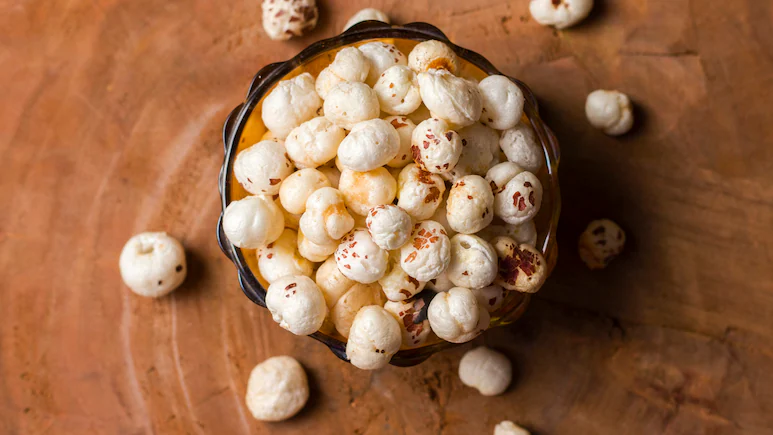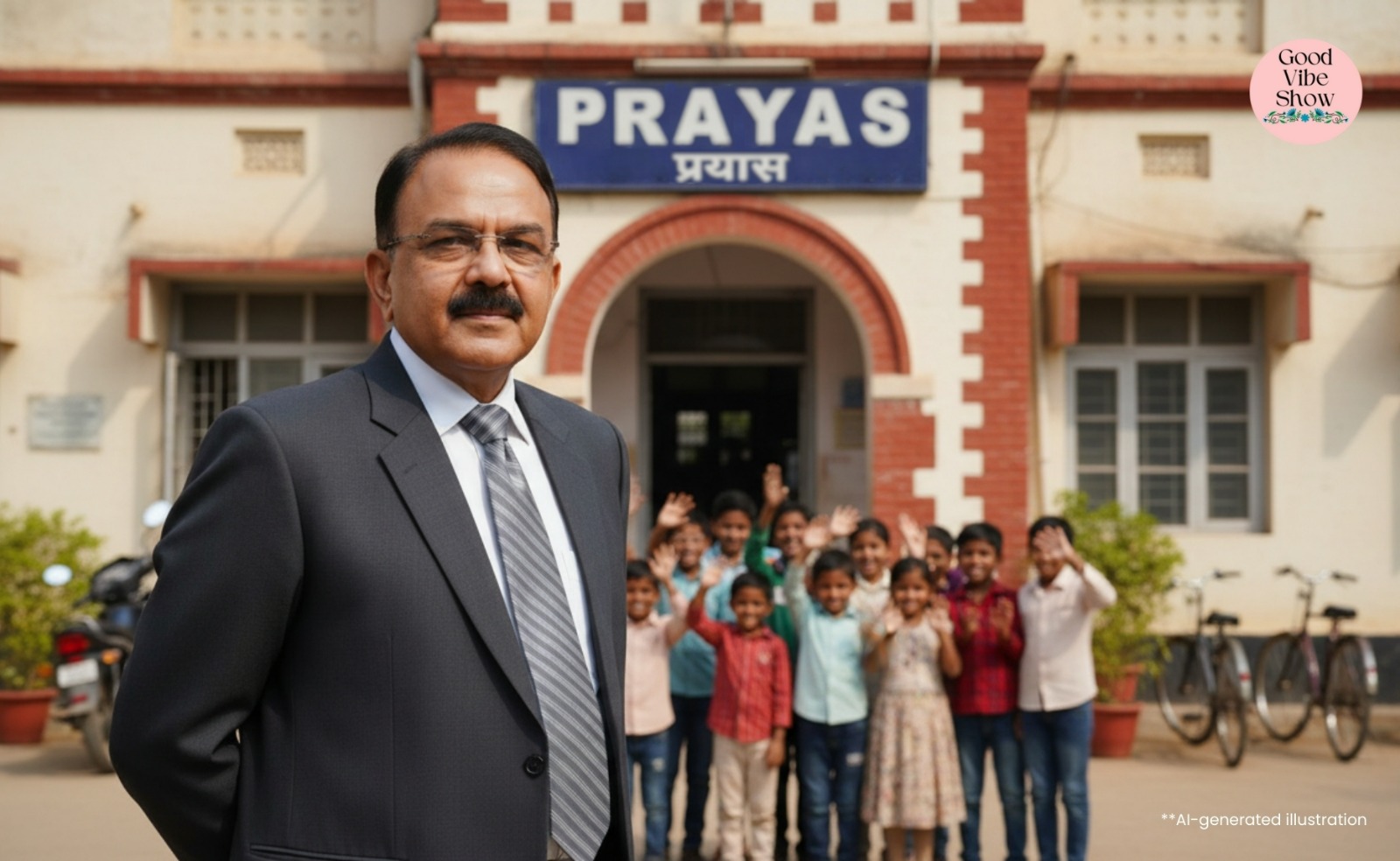|
Getting your Trinity Audio player ready...
|
Introduction
Indian classical dance is a living embodiment of tradition and innovation, where every movement is a story told through the grace and elegance of its performers. At the heart of this art form are the women who have not only preserved its rich heritage but also transformed it into a dynamic and empowering force.
Let’s embark on a journey that spans centuries, exploring the evolution of women’s roles in classical dance, from the traditional devadasis to the modern innovators who continue to shape this timeless art.
The Devadasi Tradition
Centuries ago, Indian temples were adorned with the presence of devadasis—women who dedicated their lives to the service of deities through dance. These women were not only artists but also repositories of the classical dance forms. Their lives were deeply intertwined with the spiritual and cultural fabric of society. As temple dancers, they played a pivotal role in the preservation and propagation of the classical dance tradition.
Challenges and the Decline of the Devadasi System
Despite the esteemed position of devadasis in earlier centuries, the tradition faced significant challenges as societal norms evolved. Misconceptions about their roles, the decline of temple patronage, and changes in religious practices led to the stigmatisation of these women. The devadasi system eventually waned, and with it, the social and economic support for the art form.
Renaissance and Revival
However, the story of women in classical dance didn’t end with the decline of the devadasi tradition. In the early 20th century, visionary women like Rukmini Devi Arundale and Balasaraswati emerged as pioneers of the dance renaissance. They sought to redefine and reshape classical dance for a new era, breaking free from traditional associations and embracing a global audience.
The guru-shishya tradition has been a cornerstone of classical dance, and many women gurus have played a significant role in its preservation and propagation. Renowned dancers like Mrinalini Sarabhai and Sonal Mansingh, among others, have not only been exceptional performers but also dedicated teachers who have passed on their knowledge to future generations.
Empowerment and Representation
Indian classical dance is not just a form of artistic expression; it’s a powerful means of empowerment for women. It allows them to break free from societal constraints, find their voices, and express their creativity. Their stories, often rooted in mythology, resonate with audiences and celebrate women as embodiments of strength, beauty, and resilience.
Conclusion
The journey of women in classical dance is a testament to the transformative power of art. Their contribution to classical dance is monumental, and their legacy continues to inspire generations.
While our focus has primarily been on the remarkable journey of women in classical dance, it’s essential to recognize that men have also played a significant role in this art form. Classical dance transcends gender boundaries, and men have made invaluable contributions to its evolution and preservation. Their grace, strength, and dedication to the art form have enriched the tapestry of classical dance, demonstrating that it is a realm open to all who are passionate about its beauty and traditions. Just as women have broken barriers and excelled, men too have carved their own path, challenging stereotypes and showcasing their mastery in the world of classical dance.







